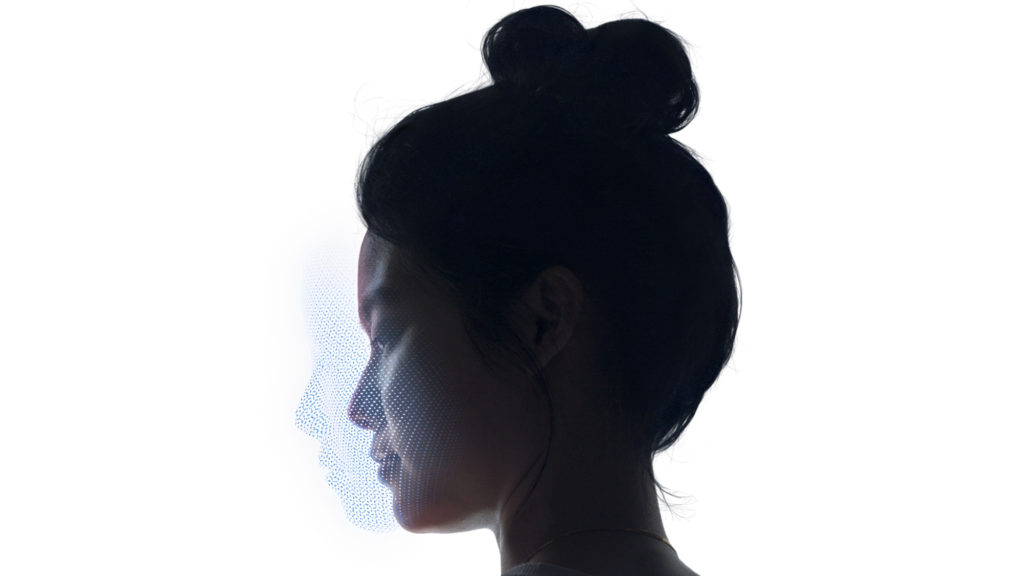There’s been a lot of talk in the media since the launch of the iPhone X about the benefits and limitations of Face ID. We even took a look at the pros and cons in a facial recognition feature over the weekend. But much of the recent coverage is based on an incorrect understanding of how the technology works. Case in point: several viral videos circulating this week showing siblings “tricking” Face ID.
As Rene Ritchie of iMore explains, this video in particular – showing Face ID being registered by one brother and eventually unlocked by a second – is a little misleading. What actually happened is that the iPhone locks out the second brother after five failed facial scans, as it’s supposed to, after which the duo enter the device passcode to bypass the recognition. On a subsequent attempt, the second brother is able to unlock the device using Face ID alone.
What’s happening here is that supplying the passcode essentially tells the iPhone “yes, this really is me!” As Face ID is designed to learn about subtle changes in your appearance – makeup, facial hair, aging etc. – it adapts its understanding of your face over time whenever you unlock your phone. What that means is that entering a passcode after a failed unlock attempt causes Face ID to think that the face it just saw is you, even though it looks a little different than it was expecting. The brothers later clarified this in a follow-up video.
The baseline similarity still needs to be high for this to work, but what happened here is that the brothers trained Face ID to eventually recognize them both. Entering the PIN while facing the TrueDepth camera teaches iPhone X what the “owner” looks like. Without passcode access, this kind of appearance training wouldn’t be possible, and if you know somebody’s iPhone passcode you have much more control than Face ID supplies anyway.
So what did we learn here? That Face ID isn’t as foolable as the internet would have you believe. And remember that, if you’re over 13, there’s a mere 1 in a 1,000,000 chance that a random stranger would be able to unlock your device with Face ID. By comparison, there’s a 1 in 50,000 chance that a stranger would be able to unlock a Touch ID device with their fingerprint.
For a much more detailed analysis of exactly how these systems work, check out Rene Ritchie’s full explainer.

